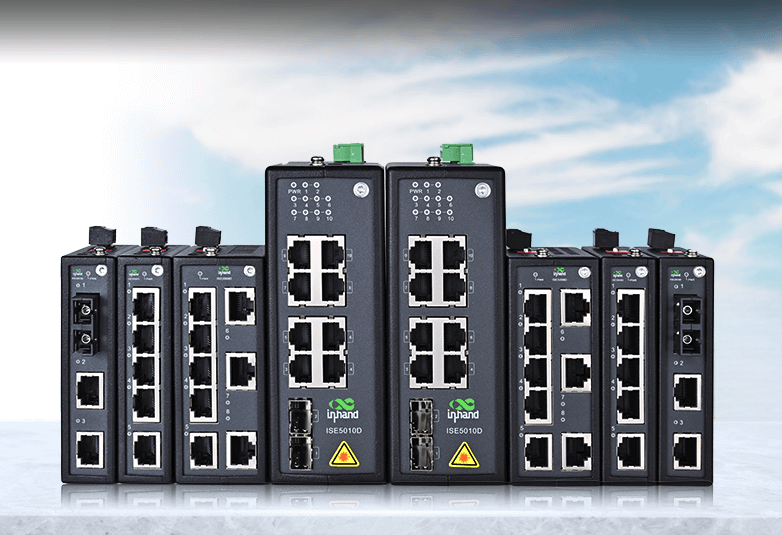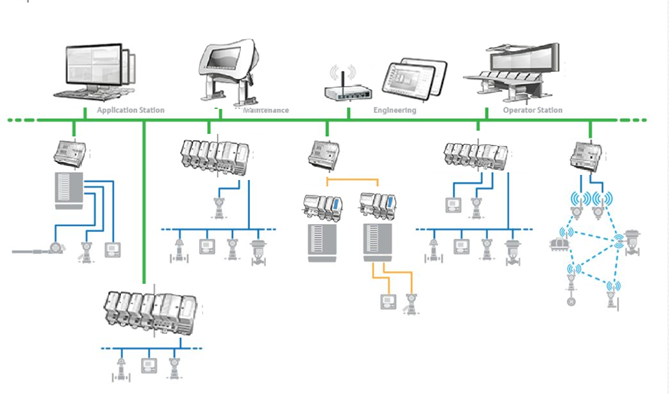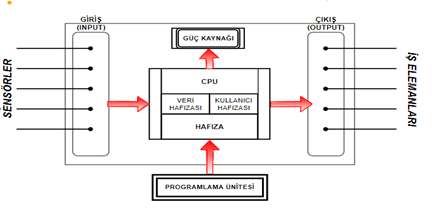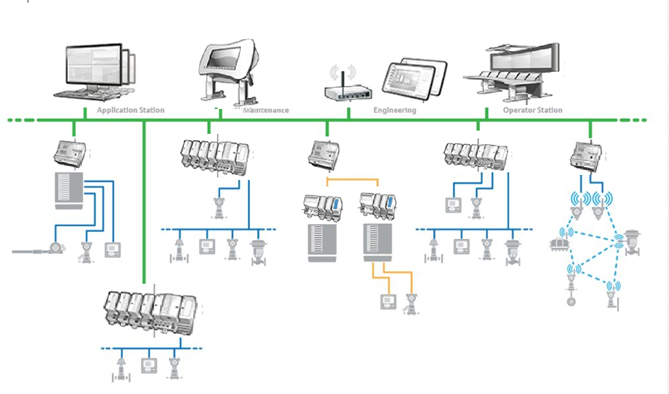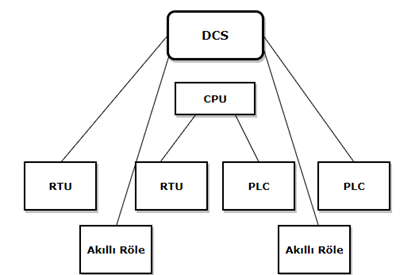Reliability and Flexibility: Industrial Infrastructure Power with Unmanaged Industrial Ethernet Switch
Stable and secure operation of industrial networks is critical for continuity of operations. In industries such as electric power, transportation, automation and industrial control, network equipment must be resilient to harsh environmental conditions, reliable and highly secure. It must be able to operate in harsh environments such as high temperatures, dust, humidity and electromagnetic interference, and deliver long-term reliable performance.
Data security is also of paramount importance in such applications, as protecting data transmitted over the network is critical to ensuring system security and operational confidentiality.
InHand Networks and ISE Series Unmanaged Switches
InHand Networks has a wide range of products designed to meet the requirements of industrial network structures. ISE Series Unmanaged Switches are among the products that meet these requirements at the highest level. It provides superior protection against dust, dirt and moisture with its robust metal case, fanless design and IP30 protection level. Their ability to operate over a wide temperature range (-40°C to +75°C) ensures reliable performance even in the harshest industrial environments.
In addition, compliance with EMC Protection Level 3 standards, power supply redundancy and MTBF (Mean Time Between Failure) of up to 306,600 hours guarantee a long-lasting and stable use.
ISE Series Switches provide flexibility with different port options and optical port types, while offering ease of installation and management. Thanks to different mounting options such as DIN rail or wall mounting, it allows users to set up their networks quickly and securely. Redundant power supplies and PoE (Power over Ethernet) support ensure that your network is always up and running. InHand Networks’ ISE Series Unmanaged Switches are the ideal solution for building a reliable, durable and secure network infrastructure for your industrial applications.
- Rugged and Reliable Design
ISE Series Switches are designed to withstand harsh industrial environments. Thanks to its robust metal case and IP30 protection level, it provides superior protection against dust, dirt and moisture. The fanless design reduces the risk of mechanical failure, ensuring long-term reliability. These features enable ISE Switches to operate smoothly over a temperature range of -40°C to +75°C.
- Wide Port Options and Flexibility
The ISE Series adapts to various network requirements by offering different port configurations. It supports 10/100M and 10/100/1000M Ethernet connections with options ranging from 3 to 10 ports. In addition, optical port options are available on some models. This flexibility allows users to easily scale their network according to their needs.
- Easy Installation and Management
Unmanaged switches are designed for simple and fast installation. The ISE Series offers different mounting options such as DIN rail or wall mounting, which ensures a fast and secure installation. The “plug and play” feature simplifies network configuration and allows users to commission quickly.
- High Security and EMC Compliance
ISE Series Switches comply with EMC industry level 3 standards, providing high protection against electromagnetic interference. Advanced electrical protection features offer resistance to overvoltage, electrostatic discharge and electrical fast transient regimes. These features ensure safe and uninterrupted operation of switches in industrial environments.
- Power Redundancy and PoE Support
ISE Switches offer reliable power management with redundant power supplies and a wide input voltage range (DC 12-60V). With PoE (Power over Ethernet) support, some models transmit data and power over the same cable, simplifying the placement and installation of devices. This feature enables the power supply of devices, especially in remote and hard-to-access areas.
- Long Lifetime and High MTBF
ISE Series stands out with its high MTBF (Mean Time Between Failure) value. The 35-year MTBF guarantees long life and reliable operation of the switches. This saves costs by reducing the need for constant maintenance and replacement, especially in industrial applications.
InHand Networks’ ISE Series Unmanaged Switches provide a reliable, durable and high-performance network solution for your industrial applications. With its robust design, wide port options, easy installation and high security features, the ISE Series ensures that your network infrastructure runs uninterrupted and efficiently. If you are looking for a reliable partner in your industrial projects, ISE Series Switches will be an excellent choice.
